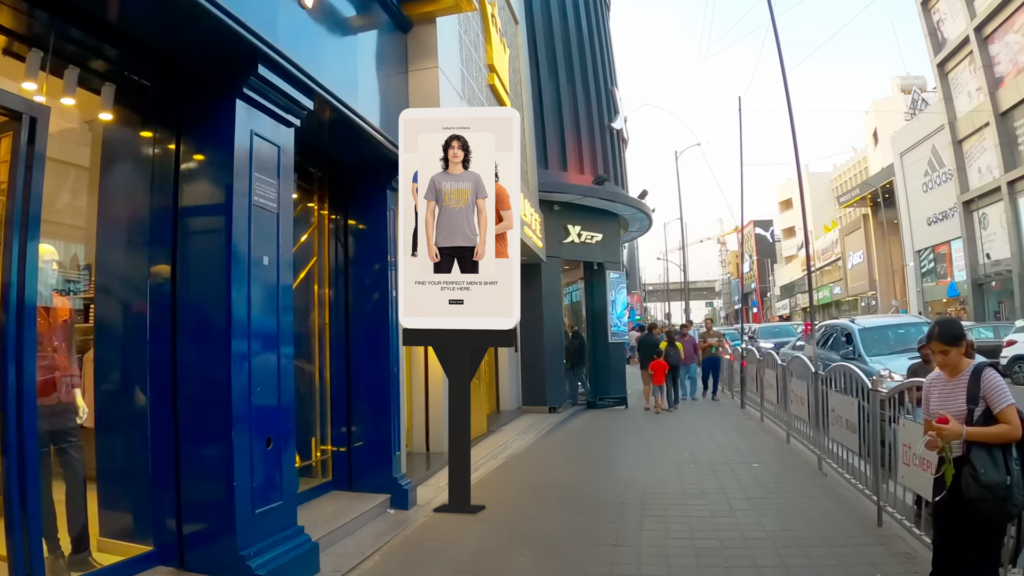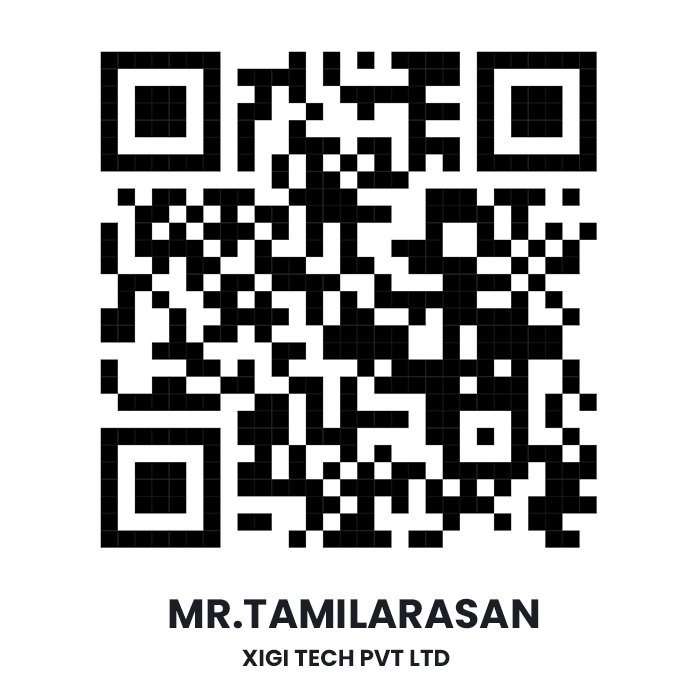As consumers are constantly on the move, brands are exploring new ways to capture attention outside traditional advertising formats. One such innovation is Digital Out-of-Home (DOOH) marketing. This innovative form of outdoor advertising leverages digital technology to interact with audiences in real-time. With the rise of digital transformation, DOOH is becoming an effective tool for brands to reach urban consumers in high-traffic public areas. In this blog, we will explore what DOOH marketing is, how it differs from traditional formats, and its rapid growth in India’s advertising industry.
What is DOOH Marketing?
Digital Out-of-Home (DOOH) marketing utilizes electronic displays in public spaces to showcase engaging and adaptable advertising messages. Unlike traditional outdoor ads (e.g., billboards and posters), DOOH uses digital technology to provide real-time, engaging, and targeted content. These digital displays are commonly found in high-traffic locations such as shopping malls, airports, metro stations, and even on public transport.
With the help of programmatic advertising technology, DOOH allows marketers to control campaigns remotely, update them instantly, and customize content based on variables such as time, weather conditions, and audience profiles.
The Evolution of DOOH
The shift from static to digital outdoor advertising has unlocked new opportunities for creativity and efficiency. Statista projects that global DOOH spending will reach $18.55 billion by 2024, up from $12.5 billion in 2020, indicating strong growth in this medium.
Some key benefits of DOOH include:
- Flexibility: Advertisers can update campaigns instantly, allowing for quick responses to changing conditions.
- Interactivity: Some digital displays allow consumers to interact with ads through QR codes, motion sensors, or mobile apps.
- Targeting with Data: Integration with data analytics allows brands to target specific audience segments with greater precision.
DOOH in India: A Rapidly Growing Market
India’s advertising sector is undergoing rapid digital transformation, and DOOH is emerging as a key player in both urban and semi-urban areas. Factors like increased digital infrastructure, widespread smartphone use, and greater urban mobility are driving the adoption of DOOH.
Key Trends in Indian DOOH
- Urbanization and Transit Advertising: DOOH is becoming increasingly visible in metro cities, especially in transit hubs such as metro stations, airports, and highways.
- Smart City Initiatives: Government-backed smart city projects are contributing to the installation of digital advertising displays for both public information and commercial advertising.
- Programmatic Advertising: Indian marketers are gradually adopting programmatic DOOH, which allows for more efficient media buying and improved return on investment (ROI).
Market Outlook
According to Dentsu’s 2024 India Digital Report, the DOOH sector in India is growing at an annual rate of 12-15%. Industries such as retail, telecom, and FMCG are leading the way in adopting this innovative form of advertising. The integration of location-based technologies and artificial intelligence is expected to further improvement targeting and audience engagement.
Conclusion
DOOH marketing is revolutionizing the way brands interact with consumers in public spaces. Its ability to deliver dynamic, data-driven content in high-traffic areas makes it a highly effective channel for advertisers. In India, the growth of DOOH is fueled by rapid urbanization, government support, and an increasingly tech-savvy population. As the ecosystem continues to evolve, brands that embrace DOOH strategically will gain a competitive edge in a fast-changing advertising landscape.


